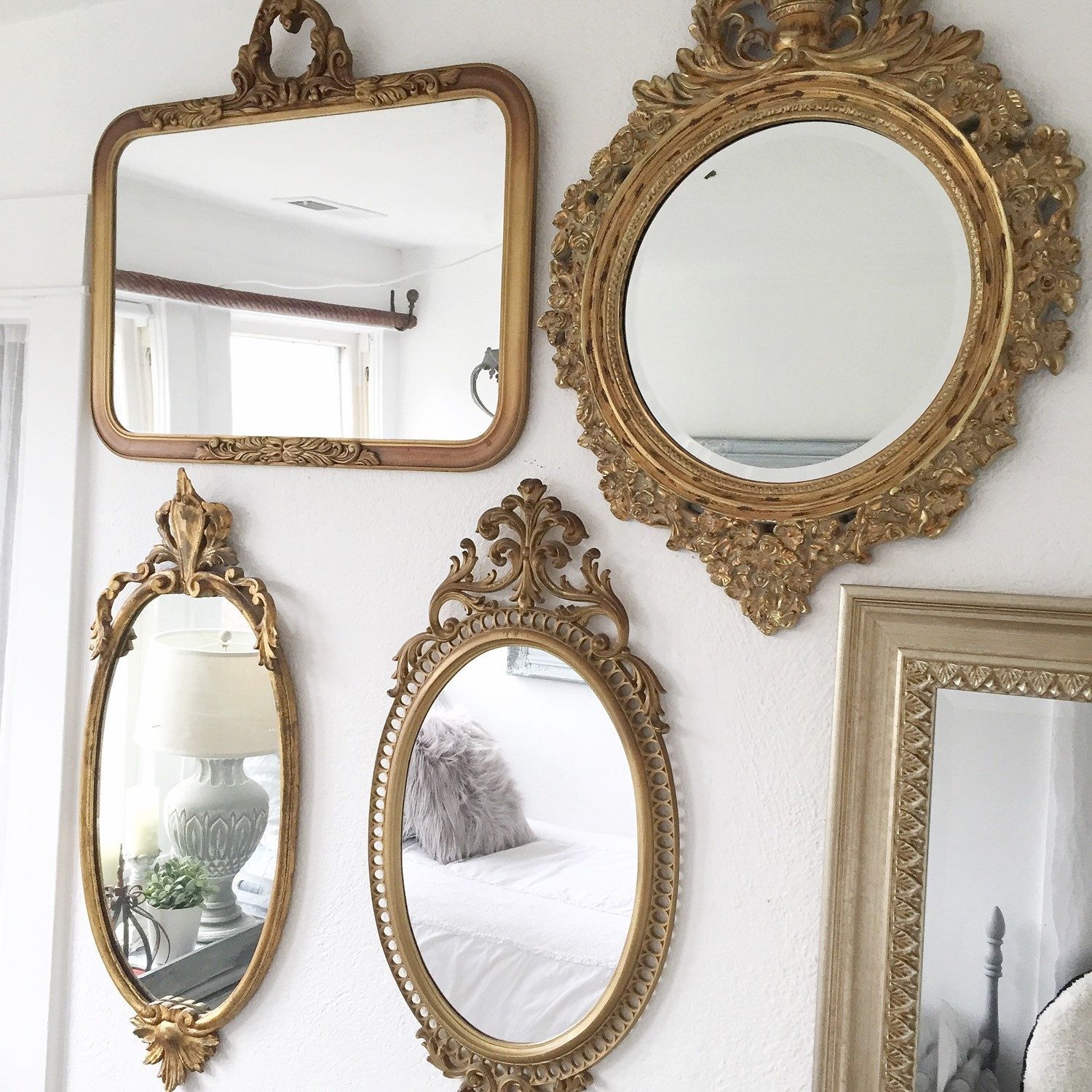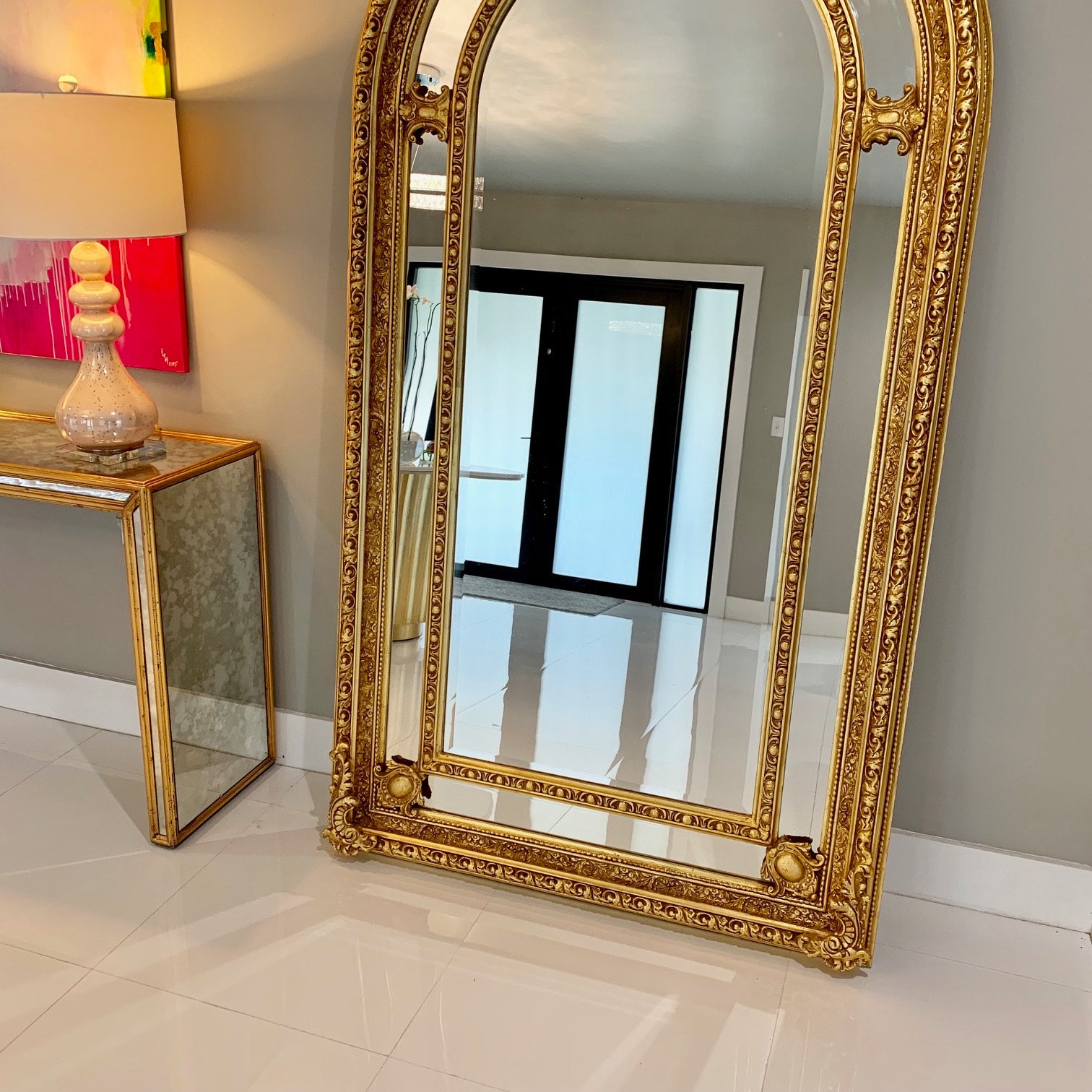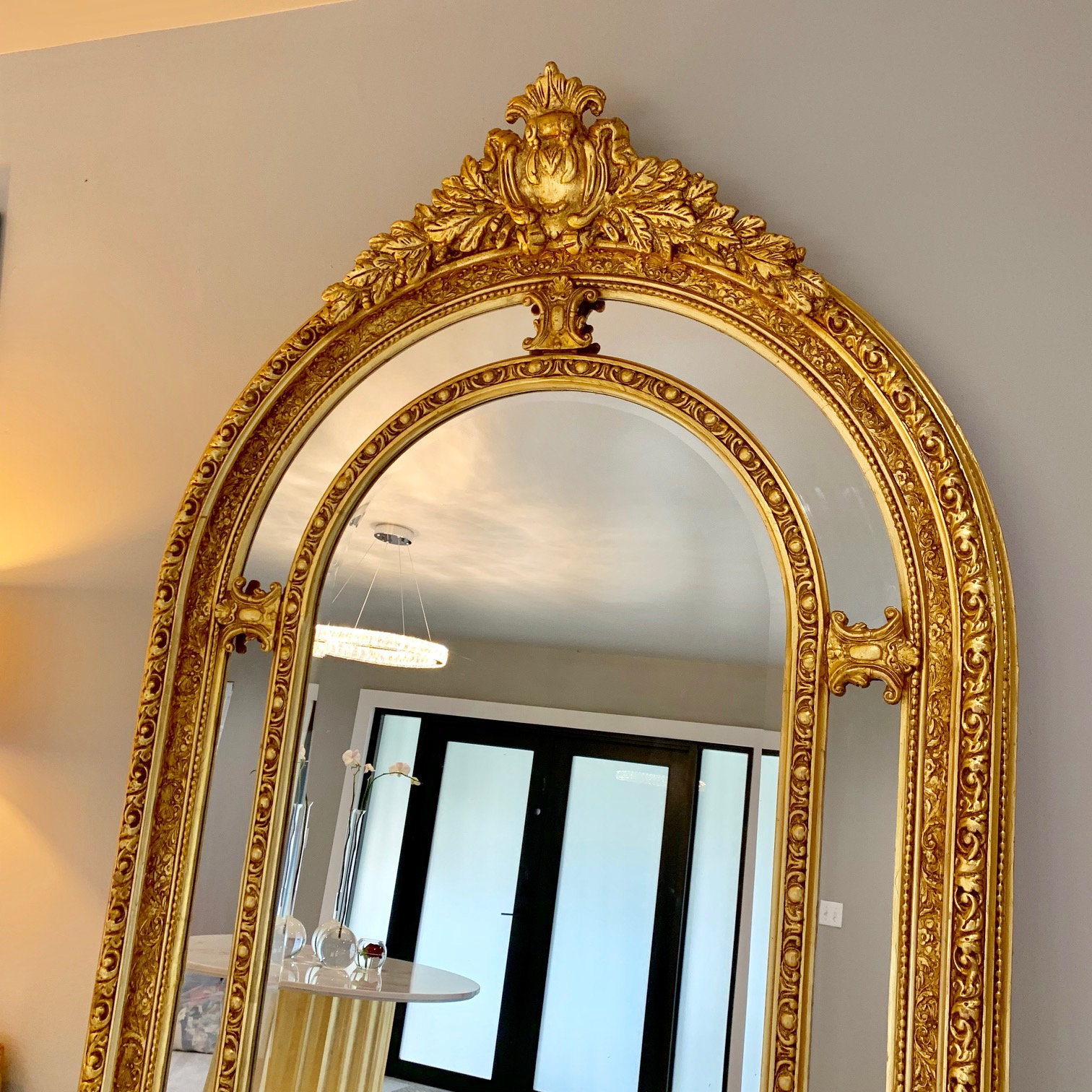Design and History of Vintage Mirrors

Vintage mirrors, with their timeless elegance and intricate craftsmanship, have graced homes and palaces for centuries. Their origins can be traced back to ancient civilizations, where polished metal surfaces were used for personal grooming and decoration.
Vintage mirrors add a touch of nostalgia to any room. They’re perfect for reflecting light and making a space feel larger. But what if you want to add a seasonal touch to your vintage mirror? That’s where fall garland comes in.
Fall garland is a great way to add a pop of color and cheer to your vintage mirror. You can drape it around the frame, or even hang it from the mirror itself. Either way, it’s sure to add a festive touch to your home.
Over time, the techniques used to create mirrors evolved, leading to the development of glass mirrors with reflective coatings. These mirrors became increasingly popular during the Renaissance and Baroque periods, when they were often adorned with elaborate frames and used as decorative elements in grand interiors.
Guys, if you’re looking for some rad coffee table decor, check out this article I found. It’s got a bunch of cool ideas, like using vintage mirrors as coasters or candle holders. I love vintage mirrors because they add a touch of class and sophistication to any room.
Plus, they’re super easy to find at thrift stores and flea markets. So if you’re looking for a way to upgrade your coffee table game, definitely check out this article.
Styles of Vintage Mirrors
Vintage mirrors come in a wide variety of styles, each reflecting the artistic and cultural influences of its time. Some of the most notable styles include:
- Rococo: Characterized by ornate and asymmetrical designs, featuring scrolls, flowers, and other decorative motifs.
- Art Deco: Known for its geometric shapes, bold colors, and streamlined forms, reflecting the Art Deco movement of the 1920s and 1930s.
- Victorian: Featuring intricate carvings, heavy frames, and often adorned with beveled edges and etched designs.
Techniques for Creating Vintage Mirrors
The creation of vintage mirrors involved several specialized techniques, including:
- Silvering: A process of coating the back of a glass surface with a thin layer of silver, which creates the reflective surface.
- Beveling: A technique used to create angled edges on the mirror, adding depth and dimension to the design.
Applications and Uses of Vintage Mirrors

Vintage mirrors are not just decorative pieces; they also serve various practical and aesthetic purposes in interior design. These mirrors can transform a space by creating focal points, adding depth, and enhancing the overall look.
In Living Rooms
In living rooms, vintage mirrors can create a dramatic focal point above the fireplace or couch. They can also be used to reflect light and make the room appear larger. By placing a mirror opposite a window, you can create the illusion of an extended space.
In Bedrooms, Vintage mirror
Vintage mirrors are a stylish addition to bedrooms. They can be used as dressing mirrors or placed above the bed to create a sense of depth and drama. A mirror can also reflect light, making the room appear brighter and more spacious.
In Bathrooms
Vintage mirrors are a natural fit for bathrooms. They provide a functional surface for grooming and makeup while adding a touch of elegance to the space. A large mirror can make a small bathroom appear larger, while a smaller mirror can be used to create a focal point above the sink.
Aesthetic Value
Vintage mirrors have an undeniable aesthetic value. They can add a touch of history and charm to any space. The intricate details and unique designs of vintage mirrors can make them a conversation piece. They can also be used to create a specific mood or atmosphere in a room.
Restoration and Maintenance of Vintage Mirrors

Vintage mirrors are valuable and beautiful pieces that deserve to be preserved. Restoring and maintaining them properly will help to extend their life and keep them looking their best.
Here are some tips for cleaning and polishing vintage mirrors:
Cleaning
- Use a soft, lint-free cloth to wipe down the mirror.
- If the mirror is dirty, you can use a mild soap and water solution to clean it.
- Be sure to rinse the mirror thoroughly with clean water and dry it with a soft cloth.
Polishing
- To polish a vintage mirror, you can use a commercial glass cleaner or a mixture of white vinegar and water.
- Apply the cleaner to a soft cloth and wipe down the mirror in a circular motion.
- Be sure to buff the mirror with a clean cloth to remove any streaks.
Common Problems
Here are some common problems that can occur with vintage mirrors and how to repair them:
Scratches
- Small scratches can be removed using a commercial glass scratch remover.
- For deeper scratches, you may need to take the mirror to a professional for repair.
Chips
- Small chips can be repaired using a clear epoxy resin.
- Apply the epoxy to the chip and let it dry completely.
- Once the epoxy is dry, you can sand it down and polish it to match the rest of the mirror.
Fogging
- Fogging is a common problem with vintage mirrors.
- To prevent fogging, you can apply a commercial anti-fogging agent to the mirror.
- You can also try using a hair dryer to blow warm air on the mirror.